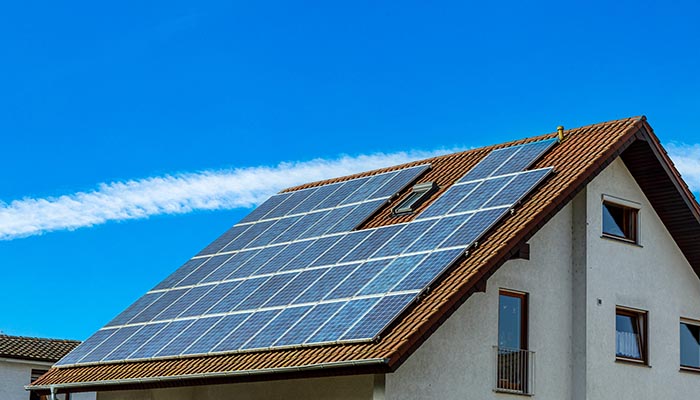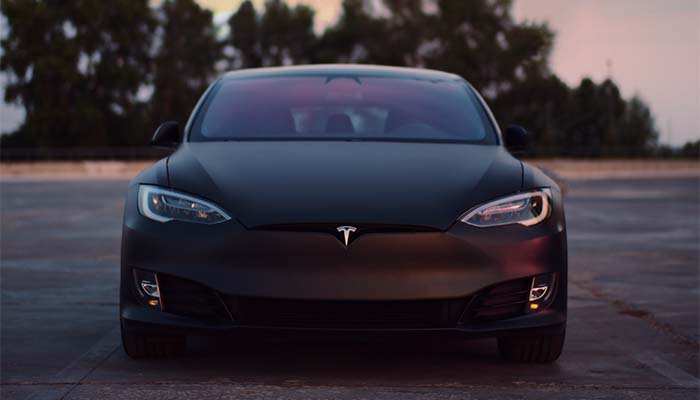
Updated December 4, 2021
A solar battery is a battery that stores energy produced by renewable energy. They are a vital resource that allows people to leverage solar energy for usage even when production is slowed or halted.
The life expectancy of a solar battery varies based on its make-up; however, the majority will last for around 5 to 15 years, with many lasting for 20 under normal circumstances.
What are the different types of batteries?
Lead-Acid Batteries
Lead-acid batteries are commonly utilized in off-grid energy systems. While they are one of the cheapest options on the market, lead-acid batteries have a limited lifespan. Lead-acid batteries have an average lifespan of 3-5 years; however, they can last up to 8 years under optimal conditions.
Lithium-Ion Batteries
The gold standard in solar is lithium-ion batteries due to their lightness and compact size. They also have a greater DoD than lead-acid batteries and a longer life expectancy. Lithium-ion batteries typically have a lifespan of 5-10 years, but they can last much longer with the proper care.
Saltwater Batteries
Saltwater batteries use saltwater electrolytes to produce energy, which is less harmful than chemical-based alternatives. This is the most environmentally friendly option of all, and you can even recycle it, but there isn’t much information about whether these batteries are safe. Saltwater batteries typically last 5-10 years, but there is no confirmed estimate.
Factors that Determine the Life of Your Solar Battery
How Often You Use the Batteries
The battery will tend to hold less of a charge the more they are used. Therefore, if you are using your battery more often, it will have a shorter life expectancy. This is a frustrating fact regarding batteries, but it’s also a reality of life.
The more frequently you charge and discharge your battery, the shorter its lifespan will be. This is because, after a specific number of cycles, your batteries will no longer store or release enough energy to make their use beneficial.
That is why battery life varies so much. It’s not based on how long the solar panels have been in place; rather, it’s based on how often each solar owner utilizes them. For instance, if you have an off-grid system that relies solely on your batteries to power it through the night, they won’t last as long as if you had a grid-tied system that draws its energy only from them when the electricity goes out.
Paying attention to the manufacturer’s recommended depth of discharge or DoD can help your batteries last longer. The percentage of stored energy utilized by a battery is known as DoD. So, for example, your battery has a capacity of 13.5 kWh, and you utilize 10 kWh of its charge. Therefore, the depth of discharge is calculated at 74 percent.
The DoD is significant because exceeding the suggested DoD limit may significantly reduce the life of your battery. Therefore, manufacturers will set a maximum DoD for each type of battery.
The Type of Battery You Choose
Lead-acid, lithium-ion and saltwater batteries are the most common types of batteries utilized in solar storage. These three alternatives will endure the longest. They also have the greatest storage capacity but are likely to be the most expensive.
However, because the anticipated cycle length is many times greater than other choices, the additional cash might well be worth it, saving you money in replacement expenses in the future. Additionally, lithium-ion batteries also have a high DoD rate (80%), which means you’ll be able to use more of your stored energy without damaging the battery.
Today, lead-acid batteries are the most common type of battery. For years, their low cost and high watt-hour capacity have made them a standard fixture in off-grid solar systems. However, compared to other solutions, they last far fewer cycles and have a shorter lifespan.
Lead-acid batteries also have a worse DoD rate, between 30% and 50% in some cases. As a result, they may be less expensive upfront, but they’ll need to be replaced more frequently over time, potentially costing extra.
The fourth alternative is saltwater batteries, which are a more recent innovation. Instead of using corrosive chemicals, they store and release energy using salt instead, making them extremely safe and easy to recycle. Saltwater batteries can last longer than lead-acid batteries, but not as long as lithium-ion batteries. They also have relatively high DoD rates, comparable to lithium-ion batteries.
Another thing to consider when buying a solar battery is the manufacturer’s warranty. Many producers offer a warranty on their batteries for a specific number of cycles or duration, ensuring that you will not be responsible if the product does not live up to your expectations.
How and Where Your Batteries are Stored
Batteries do not perform well in either a hot or frigid environment. If possible, try to store your solar battery in a garage, basement, or out-of-the-way location with temperature control. By doing so, your battery storage system will last longer than if you had outright exposed the batteries to the elements.
In hotter temperatures, the chemical reaction in the batteries takes place more quickly, reducing battery lifespan. In extremely cold weather, the electrons slow down, and the chemicals don’t last as long as they would in normal conditions, resulting in a quicker battery drain.
Lead-acid batteries are more sensitive to temperature changes than lithium-ion cells. Therefore, many suppliers recommend storing lead-acid batteries at a constant temperature of 40°F to 80°F. Lithium-ion batteries can tolerate temperatures as low as 0°F and are occasionally permissible if they rise above 140°F. Storing them in a more moderate environment, on the other hand, is still recommended.
Batteries, in general, can be categorized as being either sealed or unsealed. A saltwater battery works best between about 23°F and 104°F, whereas lead-acid batteries give them a slight advantage in endurance; however, they are not quite as durable as lithium-ion cells.
Go Solar, Go Renewable
Solar power is a time-tested way to reduce your dependency on the grid and save money, but you should also consider investing in solar batteries. Depending on which battery type you choose, they typically last between five and 15 years on average.
However, if your battery is already installed, it may be possible to estimate its lifespan by reading the owner’s manual or looking it up online.



